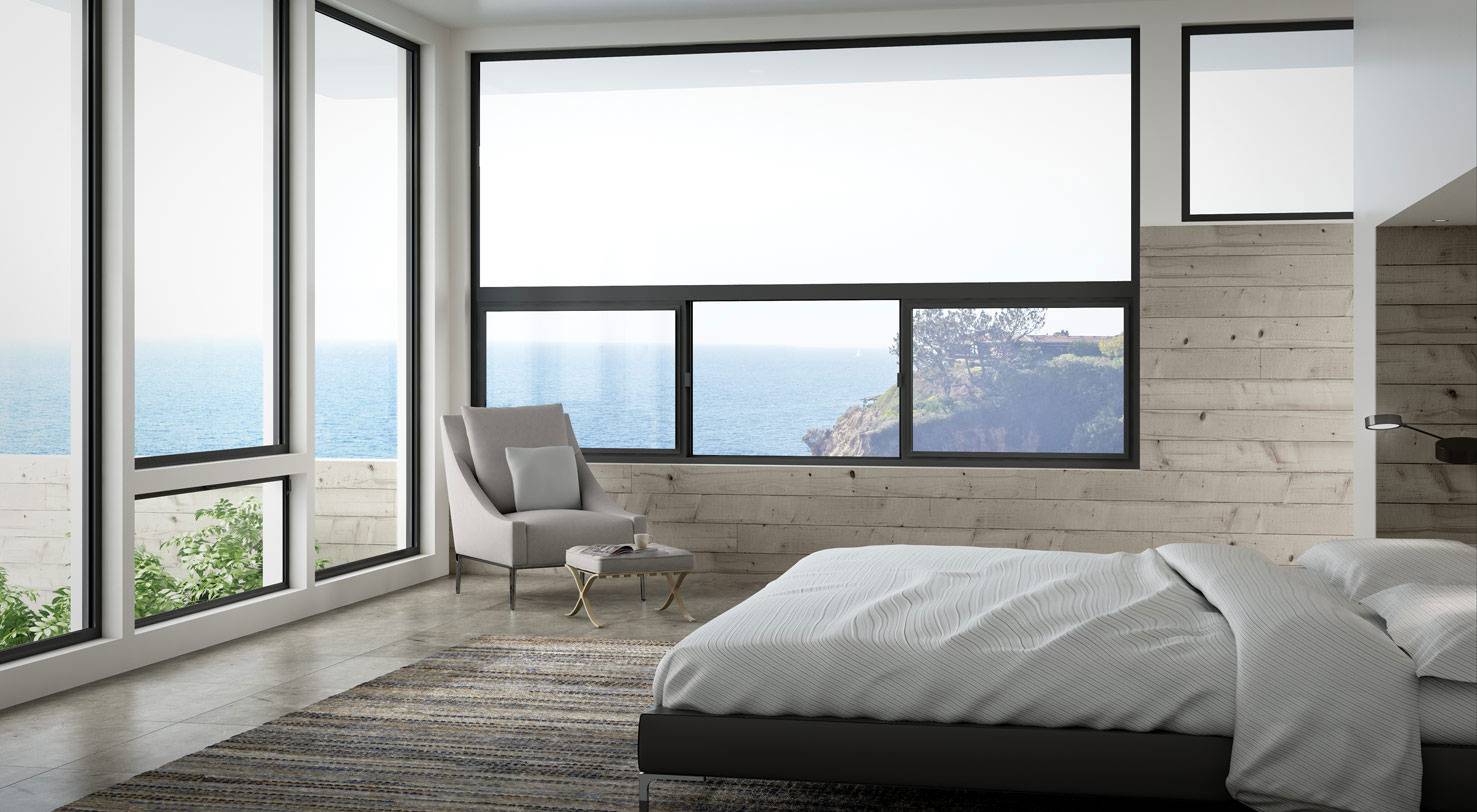All Categories
Featured
Table of Contents
Which Type Of Glass Is Best For Energy Efficiency? - A&l Windows in Beldon Western Australia
That window can send more solar heat in winter than in summer season. A west-facing window on a summer's afternoon has an angle of incidence from near 0 approximately 30 with a big effective area of solar radiation. A north-facing window, in summer, has a high angle of incidence and a low effective location of solar radiation, so can transfer less heat than a west-facing one.

But you can rapidly and quickly improve the thermal efficiency of your house by changing your windows. This is among the most effective approaches of remodelling to achieve enhanced thermal comfort. There are thousands of types of glass and frames to pick from. Picking the ideal ones is very important to improving the energy performance of your home.
Why Should You Have Double-glazed Windows This Summer? in Maylands Western Australia
Single glazing with clear glass is not extremely effective when it comes to heat loss or gain. To enhance performance, you can utilize single glazing with a more energy-efficient type of glass such as low emissivity (low-e) glass.
Several layers can be assembled with sealed cavities in between each sheet of glass. IGUs generally provide much better energy efficiency than single glazing, because they transmit less energy. However, the energy performance of IGUs also depends on: the properties of each layer of glass. Different glass types (for instance, clear and low-e glass) can be assembled in an IGU.
Why Should You Have Double-glazed Windows This Summer? in Hovea WA

IGU cavities can be filled with air or a more inert, low-conductivity gas such as argon the width of the cavity. Cavity thickness is normally 6 to 18mm. Larger cavities supply lower (better) U worths, with 12mm normally accepted as the favored gap how well the cavity is sealed. Cavities should be dry and well sealed to avoid wetness getting in.
If argon is set up to the cavity in place of air, moisture is reliably left out the level of desiccant (drying representative). The spacer (metal or polymer strip) that separates the glass layers consists of a desiccant to take in any moisture. Inadequate desiccant might trigger wetness to condense on the glass surface area in cold conditions, reducing thermal performance.
Double Glazed Windows In Melbourne in Wattle Grove WA
In reality, IGUs can provide better energy efficiency for all climates, particularly in heated and air-conditioned homes. Cross-section detail of single, double and triple-glazing systems Low emissivity glass (typically called low-e glass) reduces heat transfer. Low-e glass may be either high or low transmission: High transmission low-e glass has a coating that allows daylight from the sun to pass into the house to attain good solar heat gain, however reduces the amount of the long wavelength infrared heat that can escape back through the window.
Low-e glass has either a pyrolytic finish or a vacuum-deposited thin film metal finish. Pyrolytic coverings are durable and can be used for any glazing; vacuum-deposited coatings are soft and are just utilized within IGUs. Low-e finishings can substantially improve both U value and SHGC; nevertheless, they should be used correctly or they will either degrade or fail to perform as needed.
Benefits Of Double Glazing Low-e in Cardup WA
Low-e finishings can be used in combination with clear, toned or reflective glass. Low-e coatings on glazing can decrease heat transfer where required Image: Department of Industry, Science, Energy and Resources Toned glass has actually colouring ingredients consisted of during manufacture. It is available in numerous colours, usually bronze, grey, blue and green.
Table of Contents
Latest Posts
Does Double Glazing Keep Heat Out in South Fremantle Perth
Which Double Glazed Windows Are Best For Summer? in Kalamunda WA
Why Install Stunning Double Glazing Windows During Summer? in Hamilton Hill Perth
More
Latest Posts
Does Double Glazing Keep Heat Out in South Fremantle Perth
Which Double Glazed Windows Are Best For Summer? in Kalamunda WA
Why Install Stunning Double Glazing Windows During Summer? in Hamilton Hill Perth